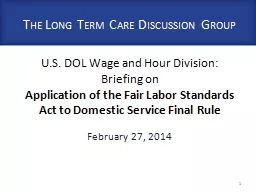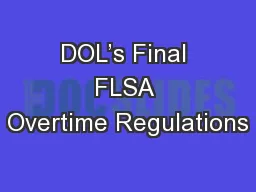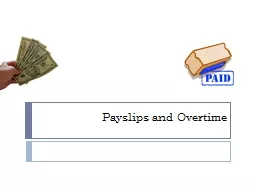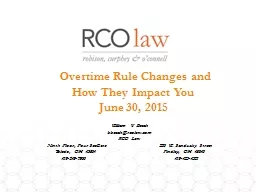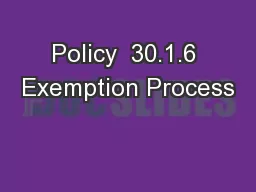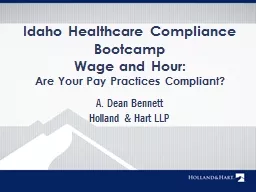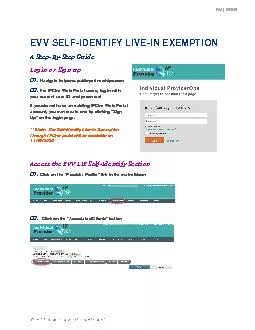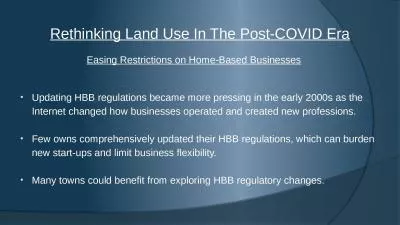PPT-Rethinking Overtime Implications of Increased Overtime Exemption Thresholds
Author : phoebe-click | Published Date : 2018-10-13
February 1 2016 Agenda Agenda Introduction Objectives basics of the Overtime Exemption Rule Proposed Rule Change Assumptions Outcomes Implications Recap 2 INTRODUCTION
Presentation Embed Code
Download Presentation
Download Presentation The PPT/PDF document "Rethinking Overtime Implications of Incr..." is the property of its rightful owner. Permission is granted to download and print the materials on this website for personal, non-commercial use only, and to display it on your personal computer provided you do not modify the materials and that you retain all copyright notices contained in the materials. By downloading content from our website, you accept the terms of this agreement.
Rethinking Overtime Implications of Increased Overtime Exemption Thresholds: Transcript
Download Rules Of Document
"Rethinking Overtime Implications of Increased Overtime Exemption Thresholds"The content belongs to its owner. You may download and print it for personal use, without modification, and keep all copyright notices. By downloading, you agree to these terms.
Related Documents




